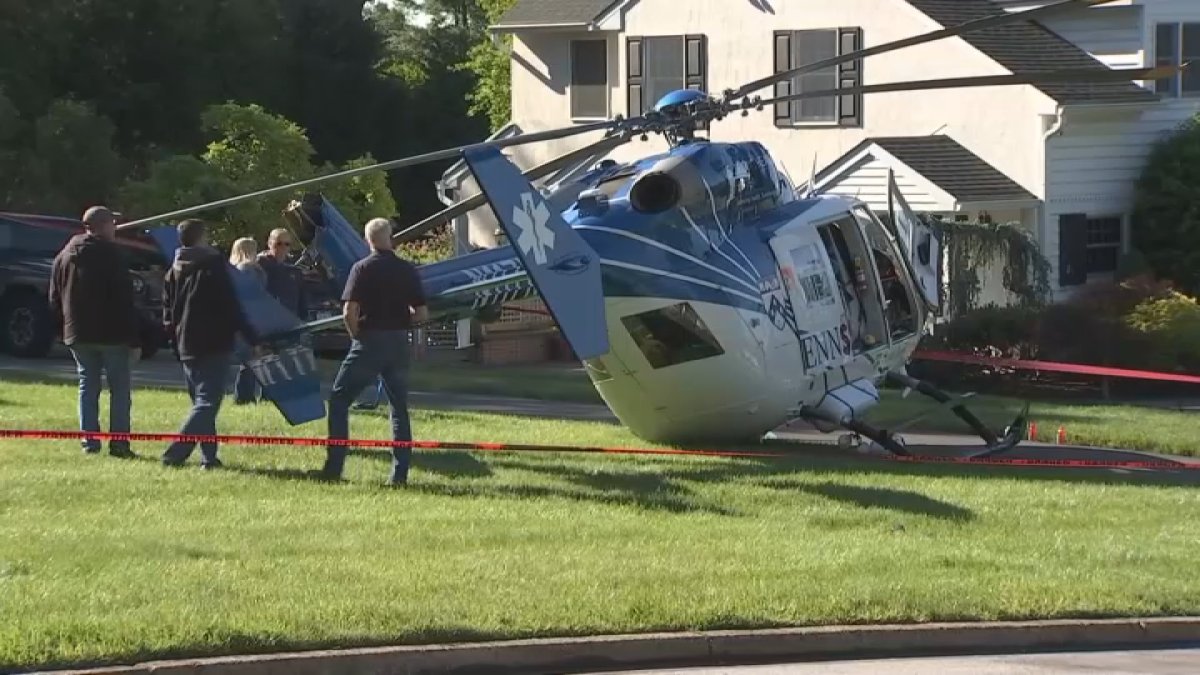melax
Well-Known Member
Successful auto-rotation. Everyone OK !!!!
Great piloting skills.

 www.nbcphiladelphia.com
www.nbcphiladelphia.com
Great piloting skills.

'It's a miracle': Medical helicopter makes emergency landing on front yard of Pa. home
A medical helicopter made an emergency landing on the front yard of a Montgomery County, Pennsylvania, home on Monday, officials said.
 www.nbcphiladelphia.com
www.nbcphiladelphia.com

 the TR was found in a yard within the block.
the TR was found in a yard within the block.